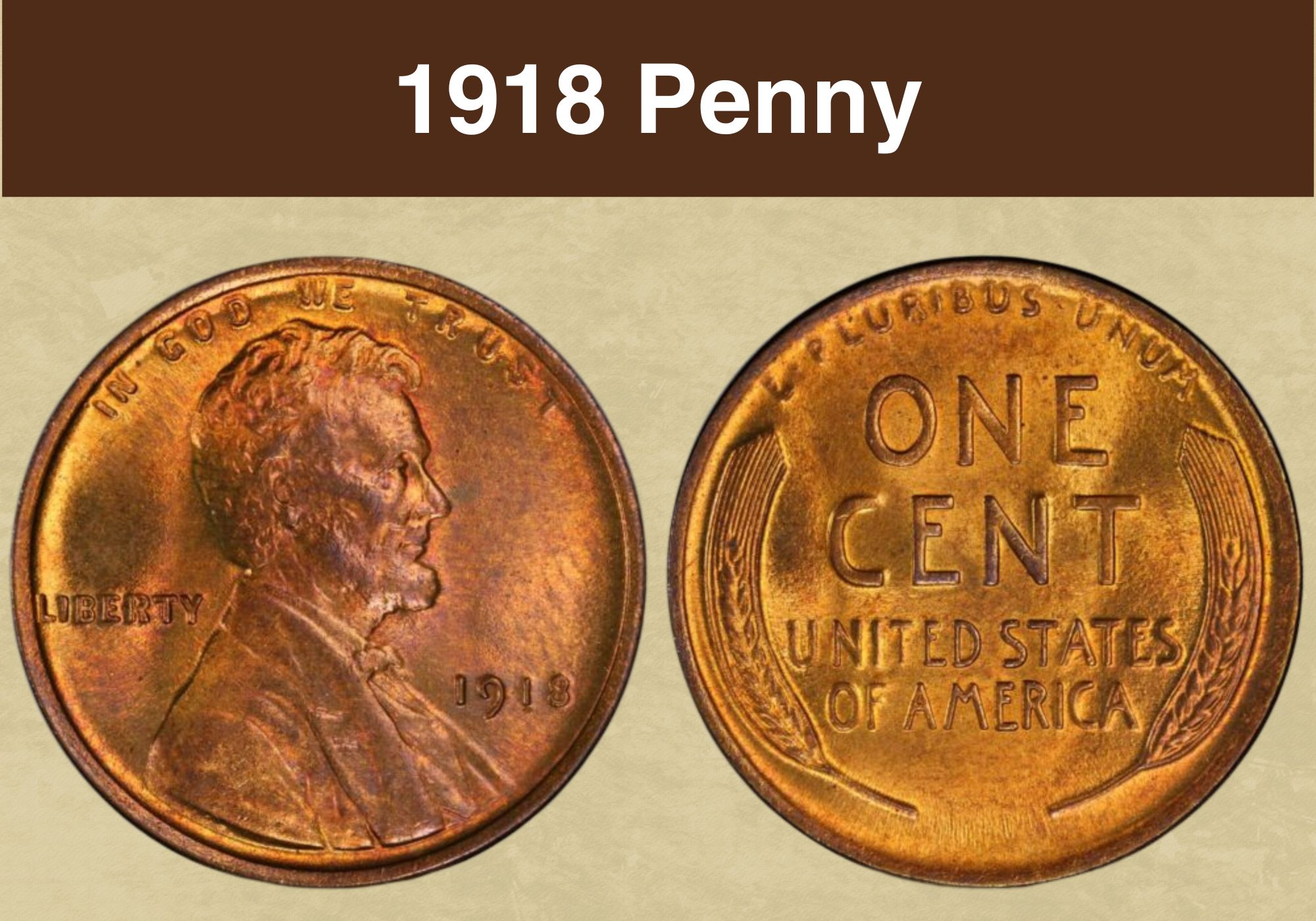
Coin Value Contents Table
1918 was an historic year, marking the end of the First World War. And some of the pennies struck that year can be very valuable. But which ones – and why?
That’s what we’re here to discover. We’re going to explore the 1918 penny value and the factors that influence it. And we’ll look at its history and design along the way.
Ready to learn just how much your 1918 penny might be worth? Then step this way!
1918 Penny Value Chart |
||||
| Mint mark | XF45 | MS60 | MS65 | MS67 |
| 1918 (P) No Mint Mark Penny Value | Brown: $8 | Brown: $34 | Brown: $250
Red and brown: $315 Red: $550 |
Red: $4,250 |
| 1918 D Penny Value | Brown: $34 | Brown: $110
Red and brown: $125 Red: $175 |
Brown: $575
Red and brown: $1,300 Red: $4,500 |
Red: $100,000 |
| 1918 S Penny Value | Brown: $32 | Brown: $110
Red and brown: $130 Red: $225 |
Brown: $725
Red and brown: $1,500 Red: $6,500 |
n/a |
History of the 1918 Penny
The penny issued in 1918 is one of the series known as Lincoln pennies. More specifically, it’s a Lincoln Wheat penny. The name refers to the image of the former president on the obverse, and the design of ears of wheat on the reverse.
The first pennies to carry Lincoln’s image were struck less than a decade earlier, in 1909. That year marked the bicentenary of his birth. And as the celebrations were planned, public sentiment towards the assassinated president became ever warmer.
More and more people called for Lincoln to be honored by placing his portrait on a coin. That was something that had never been done in the history of US coinage before. All previous coins had the images of mythical figures, such as Lady Liberty, on their obverse sides.
But popular pressure won the day. Lincoln pennies are still being struck today, but the design on the reverse has changed several times. The coins struck in 1918 still had the same design as the very first in the series – two ears of durum wheat.
The earliest Lincoln pennies had not carried the initials or signature of the designer, Victor David Brenner. They had been considered too prominent in the original design, and had been removed over Brenner’s protests.
But the 1918 pennies were the first to see his initials reinstated. Originally proposed to go on the reverse, they instead appeared on the obverse, tucked away discreetly at the bottom of Lincoln’s shoulder.
Also read: 12 Most Valuable Lincoln Penny Worth Money
Features of the 1918 Penny
The Obverse of the 1918 Penny
Look at the “heads” side, or obverse, of the 1918 penny, and you’ll see a familiar figure. The portrait of Abraham Lincoln prepared by the Latvian artist, Victor David Brenner, is still used on modern cents.
It shows Lincoln in profile facing to the right. The artist said that he had imagined the former president as he would have looked if reading to a child. That, he felt, would show Lincoln at his liveliest and most engaging.
By the time Brenner produced his portrait, its subject was long since deceased. It’s believed that he worked from a photographer of Lincoln that had been taken at the studio of Matthew Brady. Whether it was Brady himself or one of his assistants who took the photo is unknown.
It was standard practice for coin artists to sign their work. But in Brenner’s case, this led to controversy.
He had originally proposed adding his initials to the reverse of the coin. But when the mock-ups were viewed, they were considered too prominent. Some felt Brenner was attempting to “advertise” his work.
With limited time before the coins had to be struck, the Mint went with the easiest option – removing the initials altogether. It was not until 1918 that they were reinstated, this time on the obverse, at the lower edge of Lincoln’s shoulder.
The motto “IN GOD WE TRUST” arches over the top of the portrait, while the word “LIBERTY” appears to its left. On the right, slightly further down, is the date.
Pennies struck in Denver or San Francisco will also have a mint mark just below the date – a small “D” or “S” respectively.
The Reverse of the 1918 Penny
The simple design on the reverse of the 1918 penny is also the work of Victor David Brenner. But it wasn’t his first proposal. That had been the branch of a tree, but Mint officials noted that it was very similar to French coins being produced at the time.
Brenner was sent back to the drawing board, and the image featuring two ears of durum wheat was the result. Their stylized forms curve up both sides of the coin, framing the denomination in the center. That dominates the reverse, inscribed in large font as “ONE CENT”.
The Latin motto “E PLURIBUS UNUM” runs parallel to the upper coin edge. The phrase means “From the many, one”, a reference to the creation of the USA from individual states.
Below the denomination, in smaller lettering, are the words “UNITED STATES OF AMERICA”.
Other Features of the 1918 Penny
The 1918 penny is made from 95 per cent copper, with the remainder a mixture of tin and zinc. That makes it officially bronze. It measures 19 millimeters across and weighs 3.11 grams.
The high copper content means that the coins change color as they’re handled and exposed to the air. They start off red and gradually dull to brown over time.
The color of any Lincoln penny plays an important part in its value. All other things being equal, a penny graded red will be worth more than one graded red and brown. And a red and brown penny will in turn be worth more than a brown one.
In many later mintages, only red pennies are worth much more than their face value. But 1918 pennies are collectable in all color grades.
For a coin to be graded “red”, it must be that color over at least 95 per cent of its total surface area. Coins graded “brown” are that shade over the same proportion of their surface. And if your coin has a mixture of colors, it’s red and brown.
To find out more about how to grade the color of Lincoln pennies, take a look at this YouTube video from CoinOpp.
Also read: 13 Most Valuable Wheat Penny Worth Money
1918 Penny Grading
| # | Grade |
|---|---|
| 1 | Basal State-1 |
| 2 | Fair |
| 3 | Very Fair |
| 4, 5, 6 | Good |
| 7, 8, 10 | Very Good |
| 12, 15 | Fine |
| 20, 30 | Very Fine |
| 40 | Extremely Fine |
| 50 | About Uncirculated |
| 60 | Mint State |
| 65 | Mint State |
| 70 | Mint State |
Please check our grading guides to know your coin scale, It’s the necessary step to know the exact value of your coin.
Check out now: How to Grade Lincoln Wheat Penny?
1918 Penny Value Guides
1918 No Mint Mark Penny Value
1918 pennies struck in Philadelphia tend to have a clearer strike than those from Denver or San Francisco. There were also far more of them – the Philadelphia facility struck over 288 million pennies that year. That’s more than twice the combined total of the other two facilities.
Both these factors mean that it’s generally easier to find 1918 Philadelphia pennies in good condition than those from Denver or San Francisco. And that in turn means that values are slightly lower at most grades for pennies without a mint mark.
A brown coin in extremely fine circulated condition, graded XF45, will be worth around $8. That rises to $34 for the lowest grade of uncirculated coin, MS60 (the letters stand for “mint state”).
Brown pennies are available in gem condition too, the term used for coins graded at least MS65. An MS65 example is worth around $250. And the finest brown 1918 Philadelphia pennies to have been certified by the PCGS are graded MS66 and worth around $325.
Red and brown coins become available at MS61, and at that level they’re worth around $38. For a gem quality MS65 example, you can expect to pay about $315. And the finest are graded MS66 and worth around $400.
Red pennies, by definition, are usually available only in higher grades. At MS62, the PCGS values a red 1918 Philly penny at $70. At MS64, that value rises to around $200, and prices rise steeply from there.
Go up a point to MS65, and the value is around $550. At MS66+, it breaches four figures. The finest red 1918 Philadelphia pennies to have been certified by the PCGS are three coins graded MS68. And they’re each valued at a breathtaking $80,000.
1918 D Penny Value
The Denver Mint facility struck just under 48 million pennies in 1918. Today, it’s estimated that 4.5 million brown coins survive, 950 red and brown, and just 800 red.
Those survival estimates are reflected in values. Brown coins are available in circulated grades from 3 upwards, and are worth around a dollar apiece. That value rises to around $24 at grade 35 and $32 for an extremely fine XF45.
In uncirculated condition, brown coins start at $110 at MS60, rising to $725 at MS65. For red and brown coins at the same grades, the values are $130 and $1,500. And the finest red and brown examples are graded MS66 and valued at $5,250.
If you’re looking for a red 1918 Denver penny, the available grade range is from AU53 (“about uncirculated”) to MS67. Mint state examples start at $175. But if you want a coin graded MS66 or above, you’ll be looking at a five-figure price tag.
At MS66, a red 1918 Denver penny is valued at $23,500. If the condition is graded half a point higher, that value rises to $65,000. And the sole example certified at MS67 is worth a cool $100,000.
1918 S Penny Value
The San Francisco Mint facility contributed 34.7 million pennies to the 1918 total. And because the strikes tended to be weak, good quality examples with the “S” mint mark are highly collectible.
Brown coins in the lowest circulated grades are worth less than $5. There’s a slight premium for coins graded 1, which are worth around $5 each.
Values rise to $10 at VG15 (“very good”) and $20 at VF25 (“very fine”). Uncirculated brown pennies range from $110 at MS60, to $3,400 for the best-in-class MS66.
Red and brown coins can be yours from around $130 at MS60, to $5,250 at MS66. And red examples start at $225 for an MS60, although the PCGS has also graded a handful in circulated grades.
The finest known red 1918 San Francisco pennies are three coins graded MS65+ and worth $33,000 apiece. The relatively low grade neatly illustrates the striking problems encountered by the facility.
Also read: 17 Most Valuable Indian Head Penny Worth Money
Rare 1918 Penny Errors List
1918 (P) Penny, Struck Nine Times
Very occasionally, a coin isn’t ejected from the coin press after striking. It’s then struck a second, or even a third time. But one penny minted at the Philadelphia facility in 1918 was struck no fewer than NINE times.
The brown coin had been circulated and showed plenty of signs of wear. The independent coin graders ANACS certified it as F15 (“fine”). But the rarity of the error meant that, when it was presented at auction, it sold for $2,000.
1918 (P) Penny, Struck Off-Center and Lamination Error
Sometimes coins combine more than one kind of error. That was the case for one 1918 Philadelphia penny which was both struck off-center and had a lamination error.
The strike was around 25 per cent away from where it should have been, moved towards the 1 o’clock position. A shallow lamination error on the upper left of the reverse didn’t interfere with the design. The coin had some attractive toning too.
It was graded MS64 red and brown by the coin grading agency ANACS. And it sold at auction in 2019 for $500.
This YouTube video from Couch Collectibles looks at both errors and high-grade 1918 pennies. And it looks at other examples of error coins amongst Lincoln cents.
Also read: 11 Most Valuable Wheat Penny Errors
Where to Sell Your 1918 penny ?
Now that you know the value of your coins, do you know where to sell those coins online easily? Don’t worry, I’ve compiled a list of these sites, including their introduction, pros, and cons.
Check out now: Best Places To Sell Coins Online (Pros & Cons)
FAQs
How much is a penny from 1918 worth today?
Pretty much any penny from 1918 will be worth more than its face value. But just how much more depends on a number of different factors, including condition, color and mint mark.
Brown 1918 pennies in lower grades are worth around a dollar. But the very finest red coins can be worth tens of thousands of dollars.
And if your coin has a Mint error, that will add a premium to the value.
How rare is a penny from 1918?
Pennies struck in Philadelphia are the most common of the 1918 mintage. Yours is one of them if there isn’t a small letter beneath the date.
It’s estimated that around 28 million brown 1918 Philadelphia pennies survive at all grades, so they’re not rare.
But in uncirculated condition that number drops to 2,750, with just 1,200 or so gem quality examples. Red, and red and brown coins are rarer, with an estimated 2,750 survivors in each color at all grades.
A “D” mint mark is harder to find. There are an estimated 4.5 million surviving brown Denver pennies, but just 950 red and brown and 800 red ones. Gem quality examples of each color number fewer than 200.
And a 1918 penny with an “S” mint mark in great condition is very rare.
While there are an estimated 3.5 million brown survivors, only 1,300 or so of those are in mint state. Red and brown survivors number around 1,300 in all grades. And there are just 500 red survivors, with only 90 of those in gem grades.

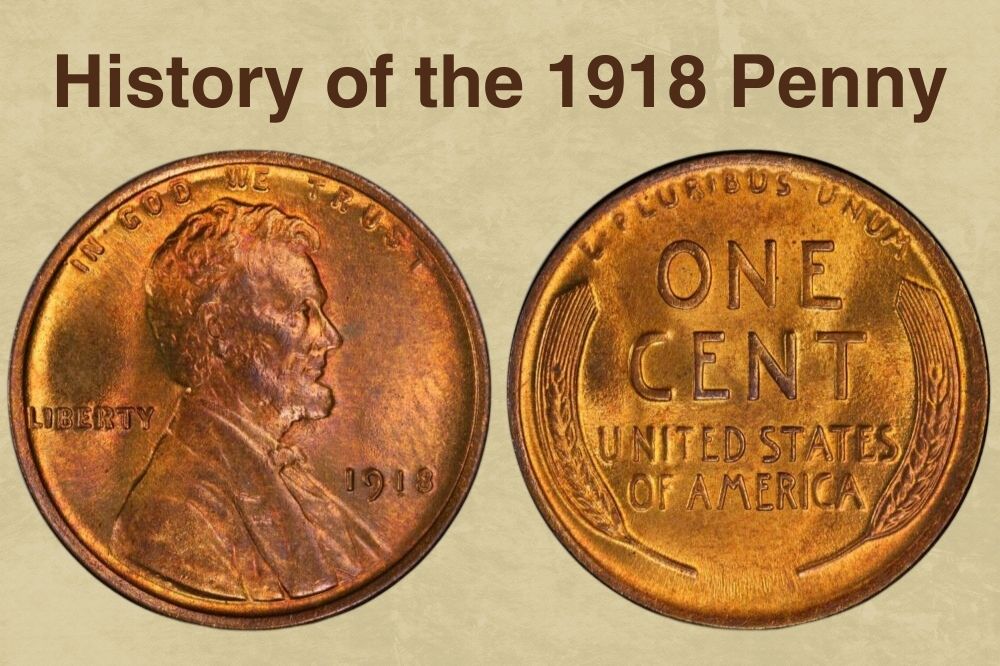
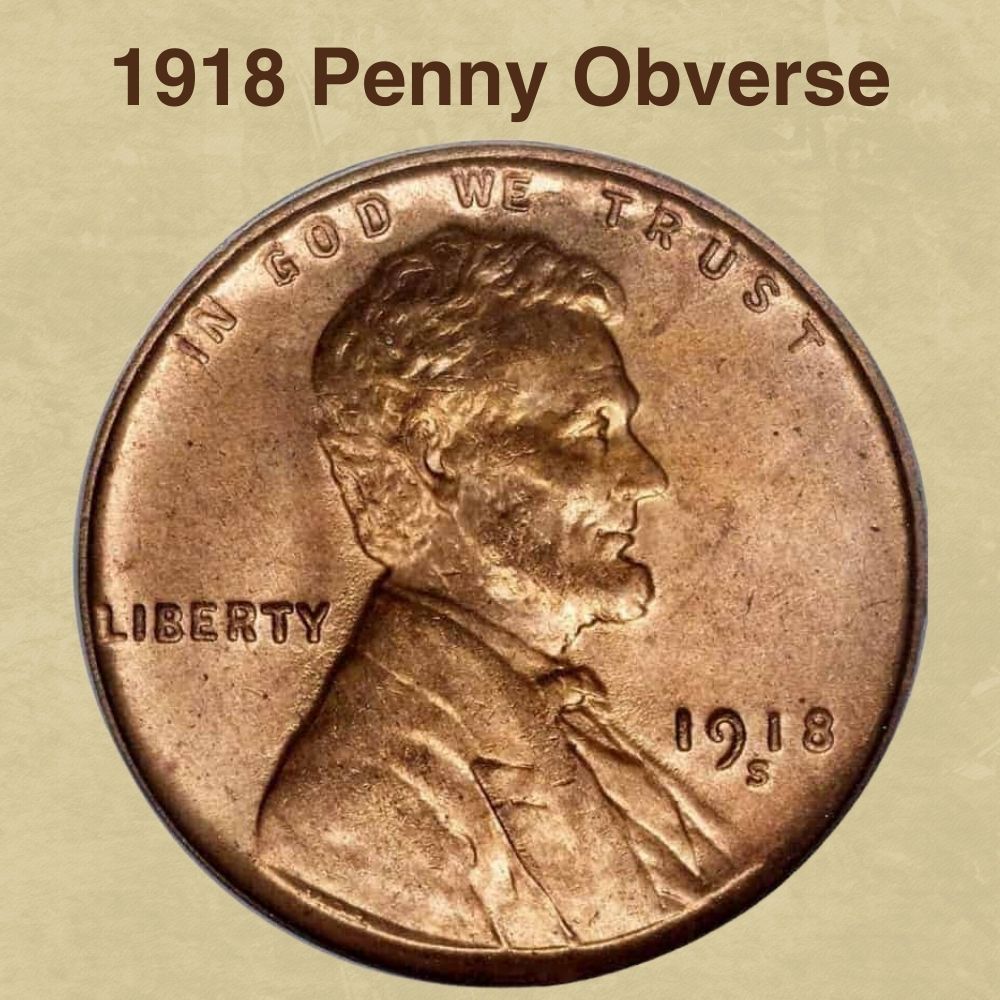
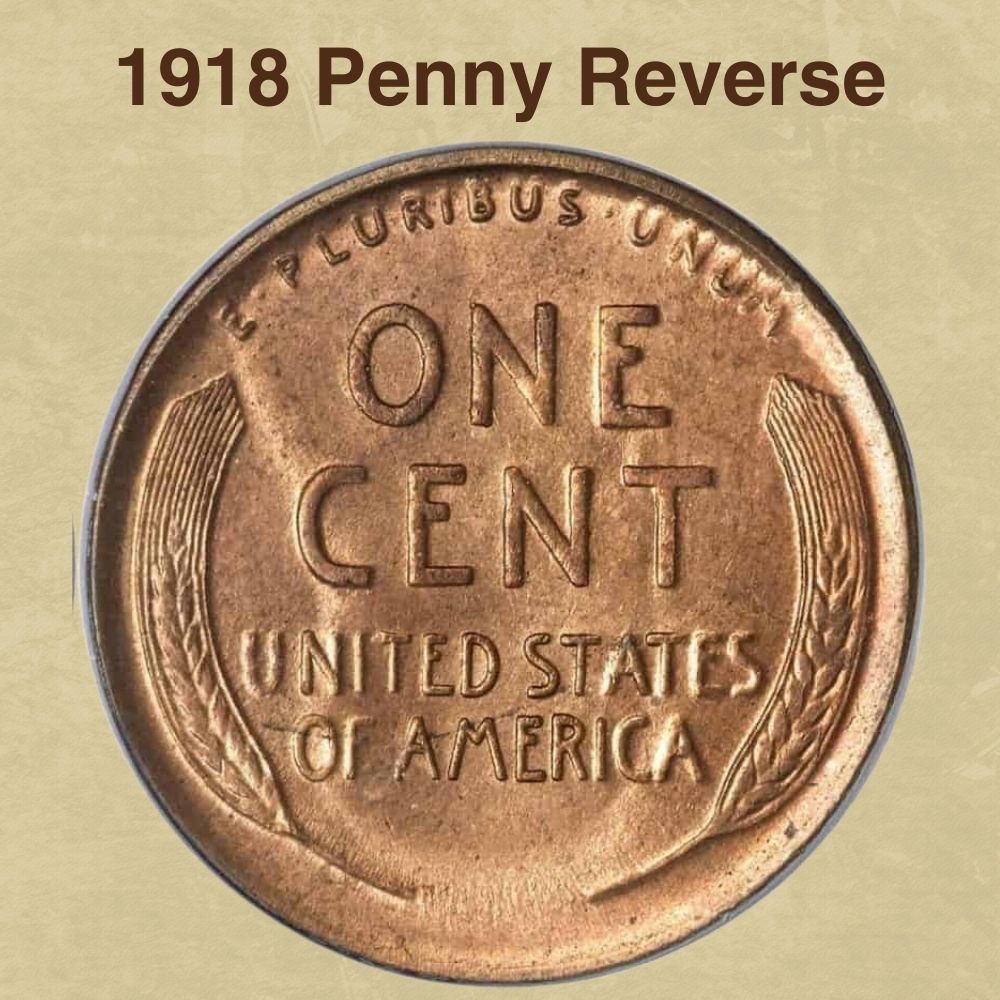
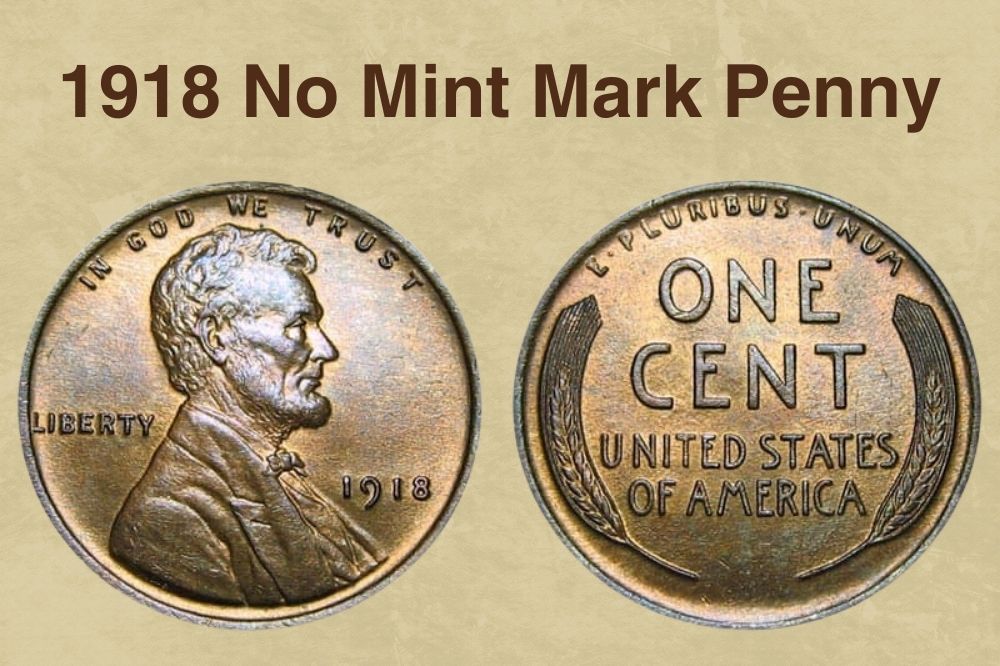
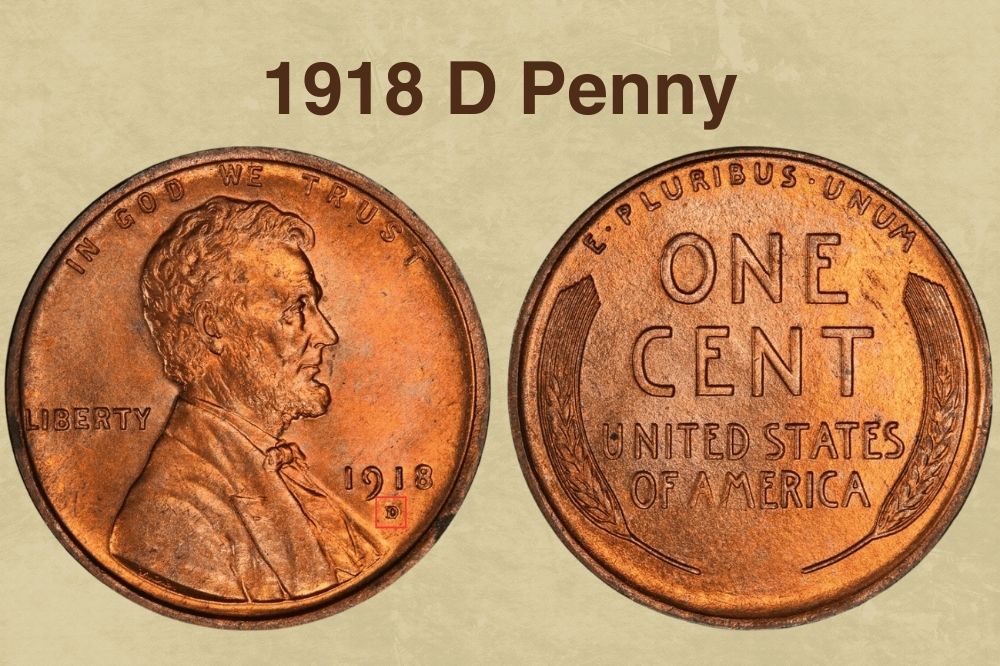
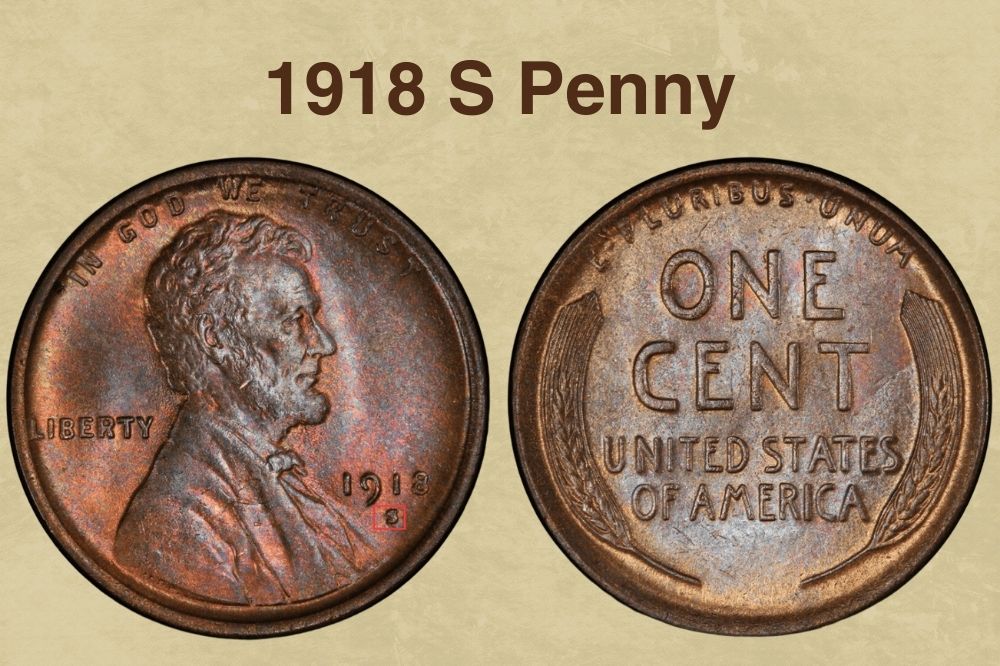
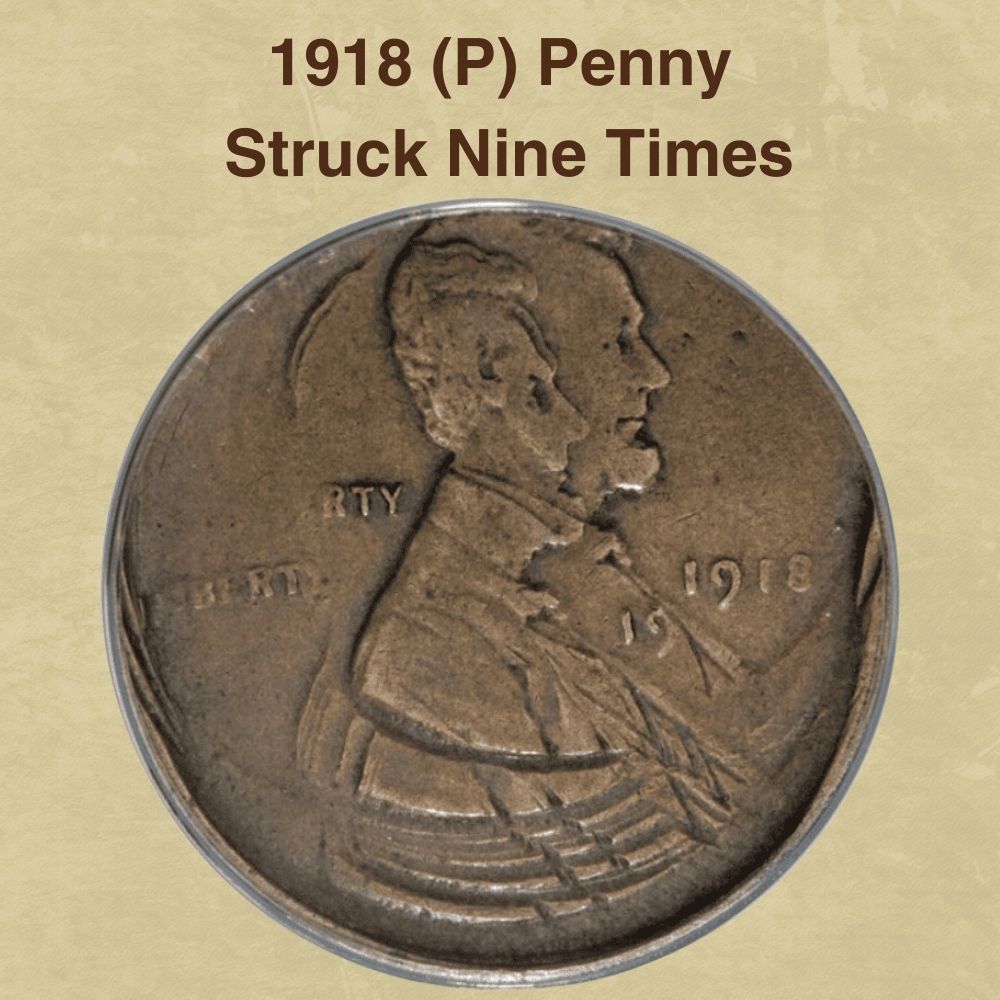
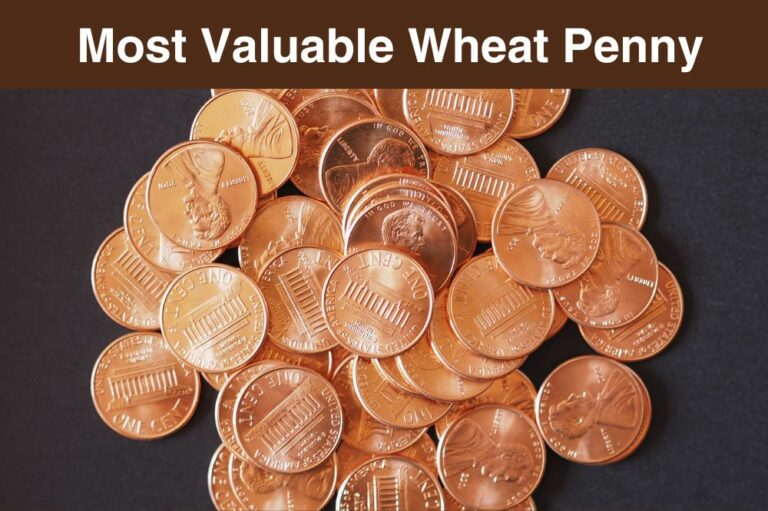
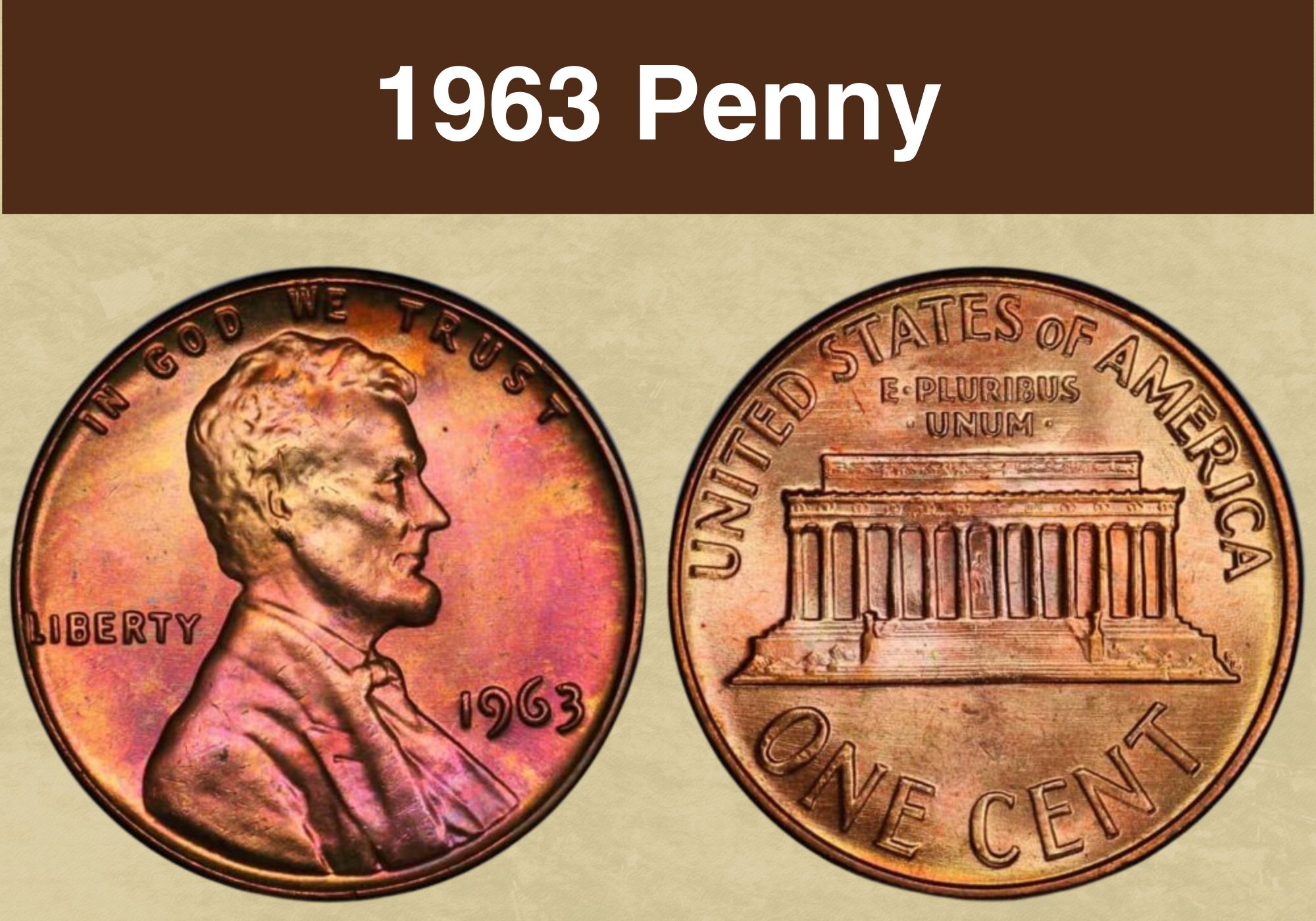
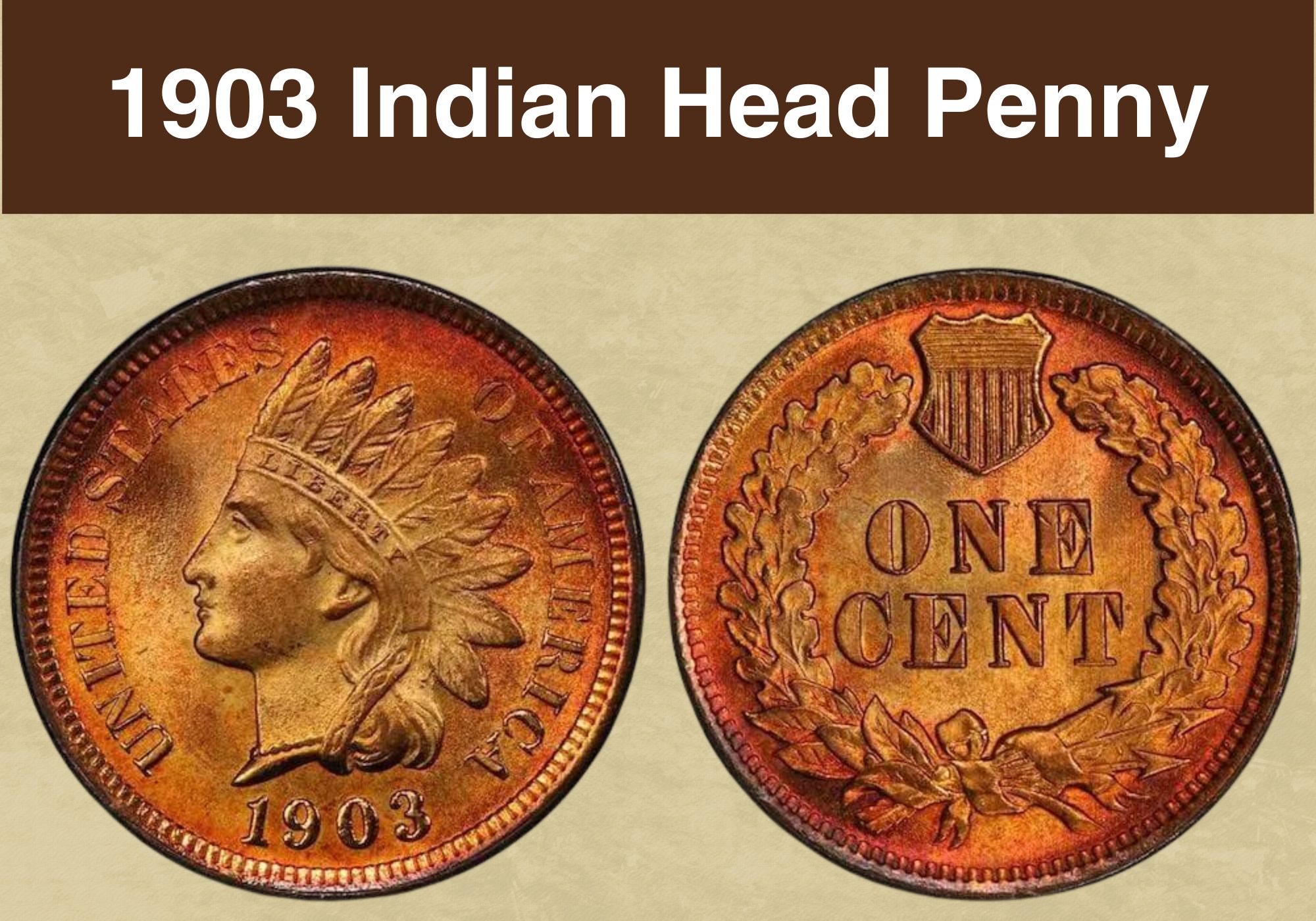
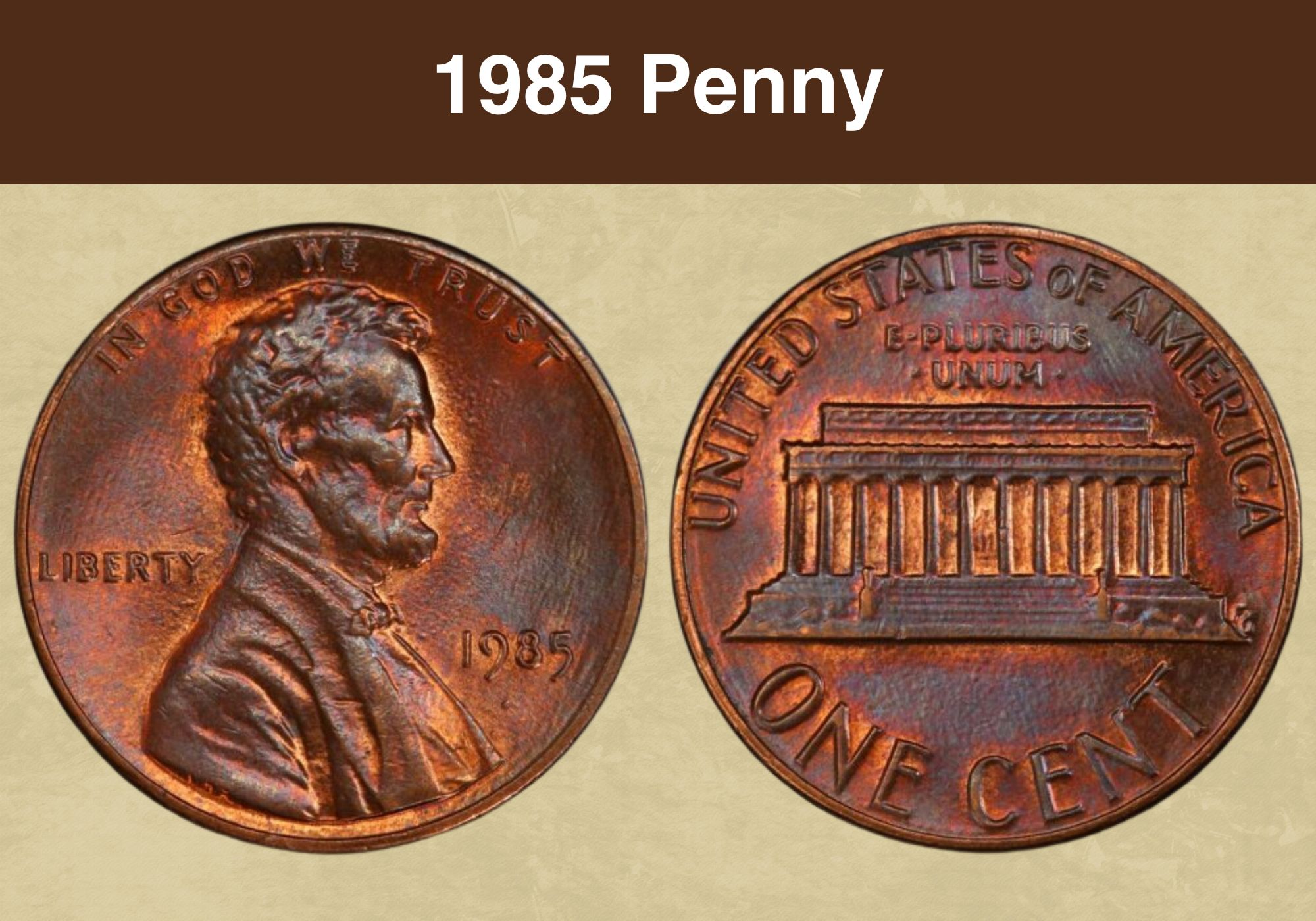
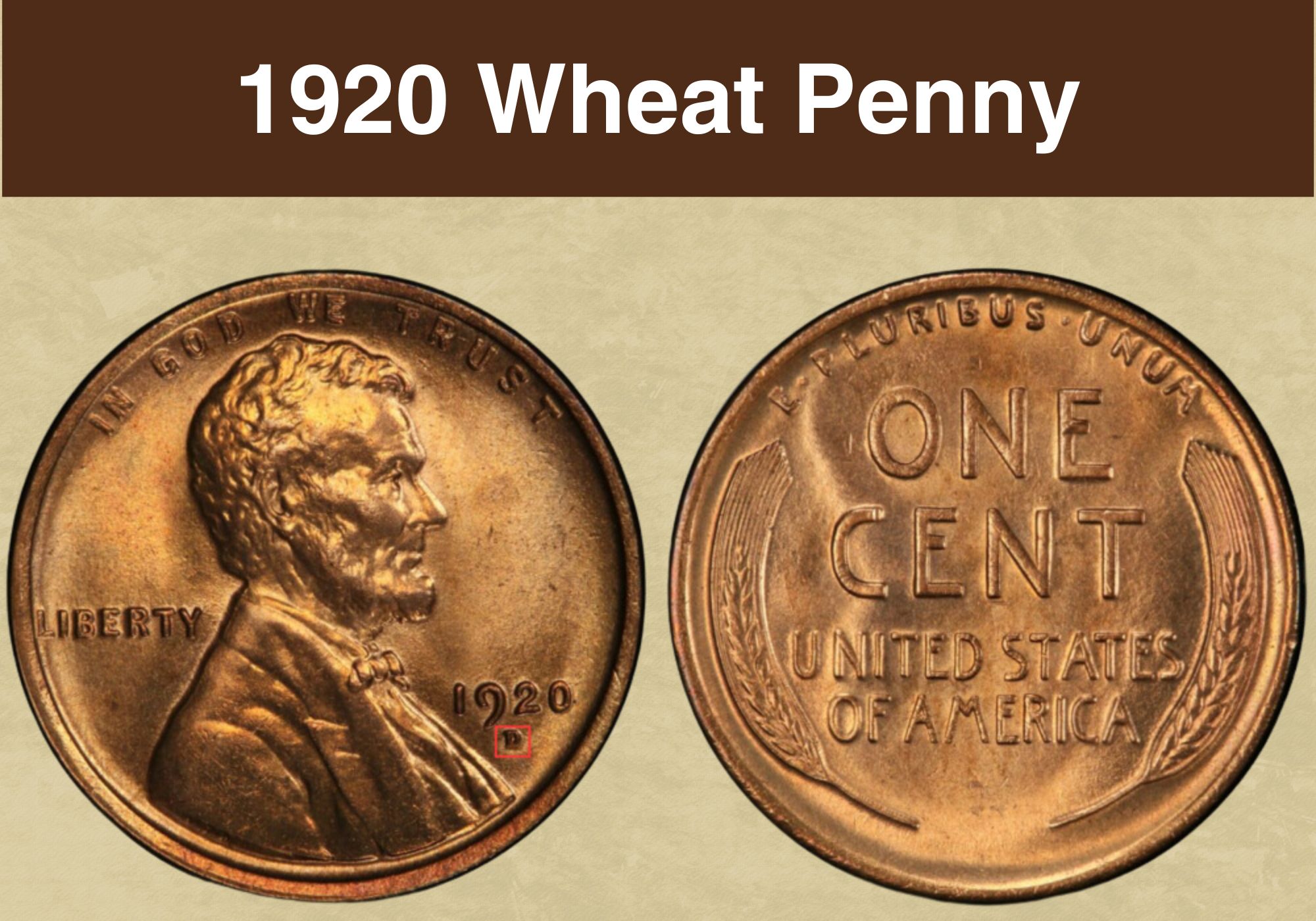
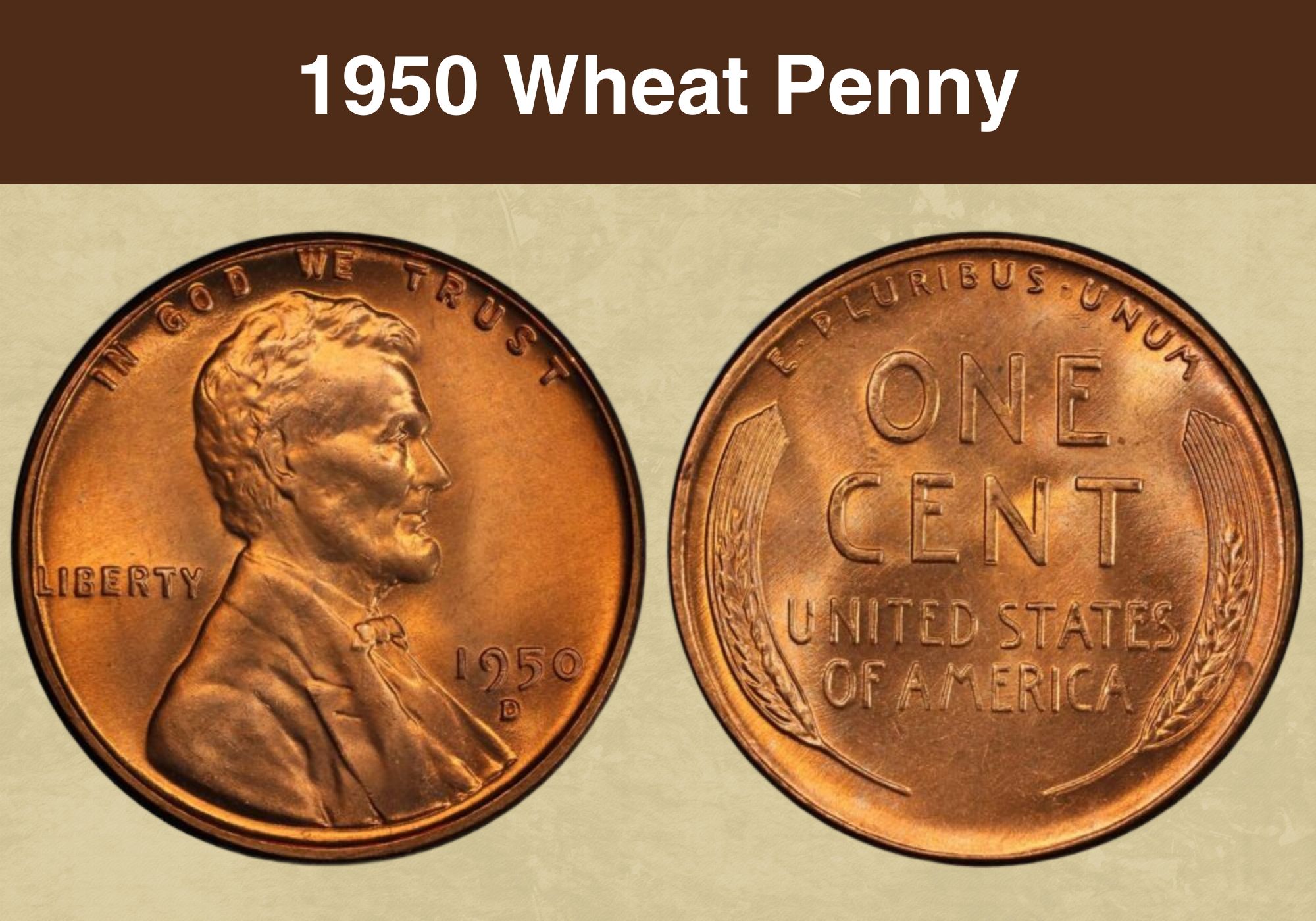
Every. ( cents ) a young kid age 7 to 10 I’ve been just amazed at the wheat penny I think I used the wheat penny to find my way through my kid hood but still today I’m just that same kid when it comes to Mr Abraham Lincoln known for copper 1943 air should have been feel that year just like the 44 should have been copper but there’s a few steals well hoping you could help me out I since a youngin had 12 1943 copper pennies and I put them up held on to him figured my future and kids’ future would be bright or just recently I went to check them out after my heart failure and they was gone all but one you can make a unique story on this too as well 2019 I hit them after losing everything my trailer but I still had the pennies I hit them and I noticed a few come up missing so I put my name on it not all of them but I put my name on a bunch of them bye I believe and then I took the three finest I meant 67 that I never had them graded they were really like 3.11 G magnet didn’t stick to him I did a lot of study and I’m back in about 2006 I just recently at heart failure and somebody just working in the bathroom where I had my head and yeah I seen his girlfriend with the jar that I had him hidden and they deny it so I have a police report made I’m not saying that they got them all but I know I got the three and it was in the room and great state Michigan